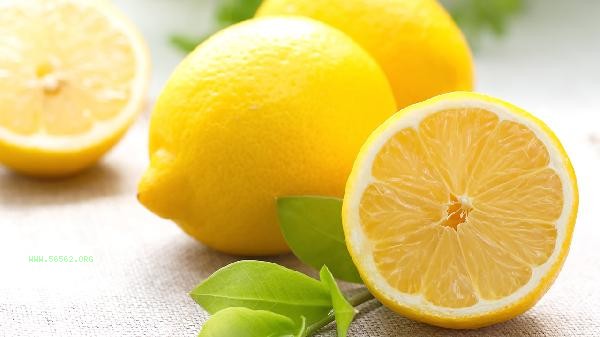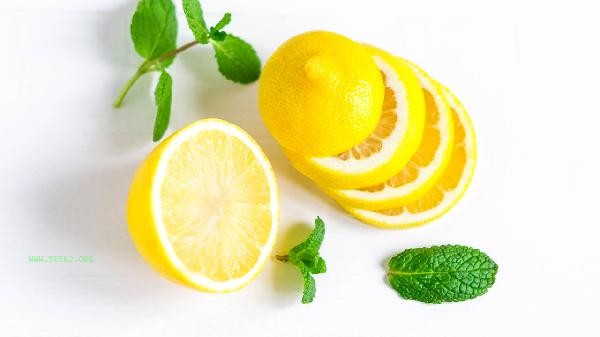Yellow lemon and green lemon each have their own flavor preferences. Yellow lemon has a soft acidity and is suitable for direct consumption, while green lemon has a rich aroma and is more suitable for mixing.

The flesh of yellow lemon is full and juicy, with a sour taste and a distinct sweetness. The skin is thin and the aroma is mild. This type of lemon is suitable for slicing and soaking in water, making desserts, or pairing with seafood. Common varieties include Yulik and Fino. Its vitamin C content is high, but excessive consumption may irritate the gastrointestinal mucosa. Green lemon has a unique herbal aroma, sharp acidity and almost no sweetness, and a thick skin containing more volatile oil components. Southeast Asian cuisine often uses its juice for seasoning, with representative varieties such as Persia and Triumph. Lemon has a slightly higher content of limonin, which may enhance its sobering effect when mixed with alcohol, but those with excessive stomach acid should control their intake.

When selecting lemons, the glossiness and weight of the skin can be observed, and fresh fruits have elasticity and emit a fresh aroma when pressed. For daily storage, it is recommended to wrap it in kitchen paper and refrigerate it. Cut it open and use it as soon as possible to avoid oxidation. Special populations such as gastric ulcer patients should control their intake, and brewing with warm water can reduce irritation to the gastrointestinal tract.









Comments (0)
Leave a Comment
No comments yet
Be the first to share your thoughts!